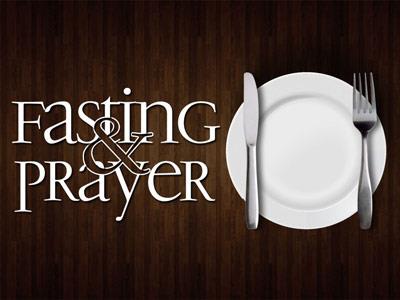-
Four Days Late
Contributed by Michael Stark on May 29, 2021 (message contributor)
Summary: When Christ delays answering our pleas, how shall we respond? God is merciful, even when it appears that Heaven in silent.
A SICK MAN AND HIS WORRIED SISTERS — “Now a certain man was ill, Lazarus of Bethany, the village of Mary and her sister Martha. It was Mary who anointed the Lord with ointment and wiped his feet with her hair, whose brother Lazarus was ill. So the sisters sent to him, saying, ‘Lord, he whom you love is ill’” [JOHN 11:1-3].
We are introduced to Lazarus in this eleventh chapter of the Gospel of John. Don’t confuse this man with the poor soul Jesus spoke of as suffering in this life so horribly in Luke’s Gospel. This Lazarus is identified as a man whom Jesus loved. Lazarus was a close friend of the Master. Consequently, Lazarus had two sisters, Martha and Mary, who were also close friends to Jesus.
We do meet Martha and Mary in the tenth chapter of Luke’s Gospel. The two women are distinguished by their response to Jesus. Martha is a doer, an energetic woman who is conscientious about proper etiquette and appearance. On one occasion when Jesus visited in their home, we are told that “Martha was distracted with much serving” [see LUKE 10:40a]. In fact, the perceived need to be serving as a good hostess is sufficiently problematic that she pleads with Jesus to rebuke her sister, Mary. The manner in which she voices her concern seems to imply that Jesus is aiding Mary to neglect what is really important. She says, “Lord, do you not care that my sister has left me to serve alone? Tell her then to help me” [LUKE 10:40b]. We see Martha complaining, “Lord, Mary is lazy; and You’re not helping the situation! You are letting her slide!”
You will recall that Jesus redirected Martha’s view of life and the activities associated with our lives by revealing what was truly important. “Martha, Martha, you are anxious and troubled about many things, but one thing is necessary. Mary has chosen the good portion, which will not be taken away from her” [LUKE 10:41-42].
This is Martha and Mary—a woman concerned with appearances and her sister who is denoted for her desire to hear the Master. It is only in John’s Gospel that we are introduced to their brother. And though he is the centre of the pericope we are studying today, we really know little about Lazarus other than the fact of his friendship with Jesus.
Therefore, in this text we are introduced to a sick man and his two worried sisters. From the introduction we are provided, I’m led to believe that the parents of these three siblings were dead. The sisters appear to have been unmarried, and hence, living with their brother. Perhaps Lazarus was the oldest of the three and he supported his sisters. It would have been unusual for a woman to be unsupported by a male relative in that day. If the sisters were unmarried, it would lead me to suggest that they were young by our standards. I would guess them to be teenagers, perhaps no more than fourteen or fifteen years are age. People assumed responsibilities as adults much earlier than we do.
What distinguishes these siblings from most of the people living in Judea in that day is that they are identified as friends of Jesus of Nazareth. What endears them to us who read of them today is that they are not merely friends with Jesus—they are more than friends; we are informed that Jesus loved them. To be certain, Jesus loves the world enough that He would give His life for fallen mankind, but the text tells us that the love of the Master was focused on Lazarus and his two sisters. They are part of the Family of God, and though we are separated by millennia from them, they share something with us that we too often take for granted—Jesus loved them, just as He loves us!

 Sermon Central
Sermon Central



